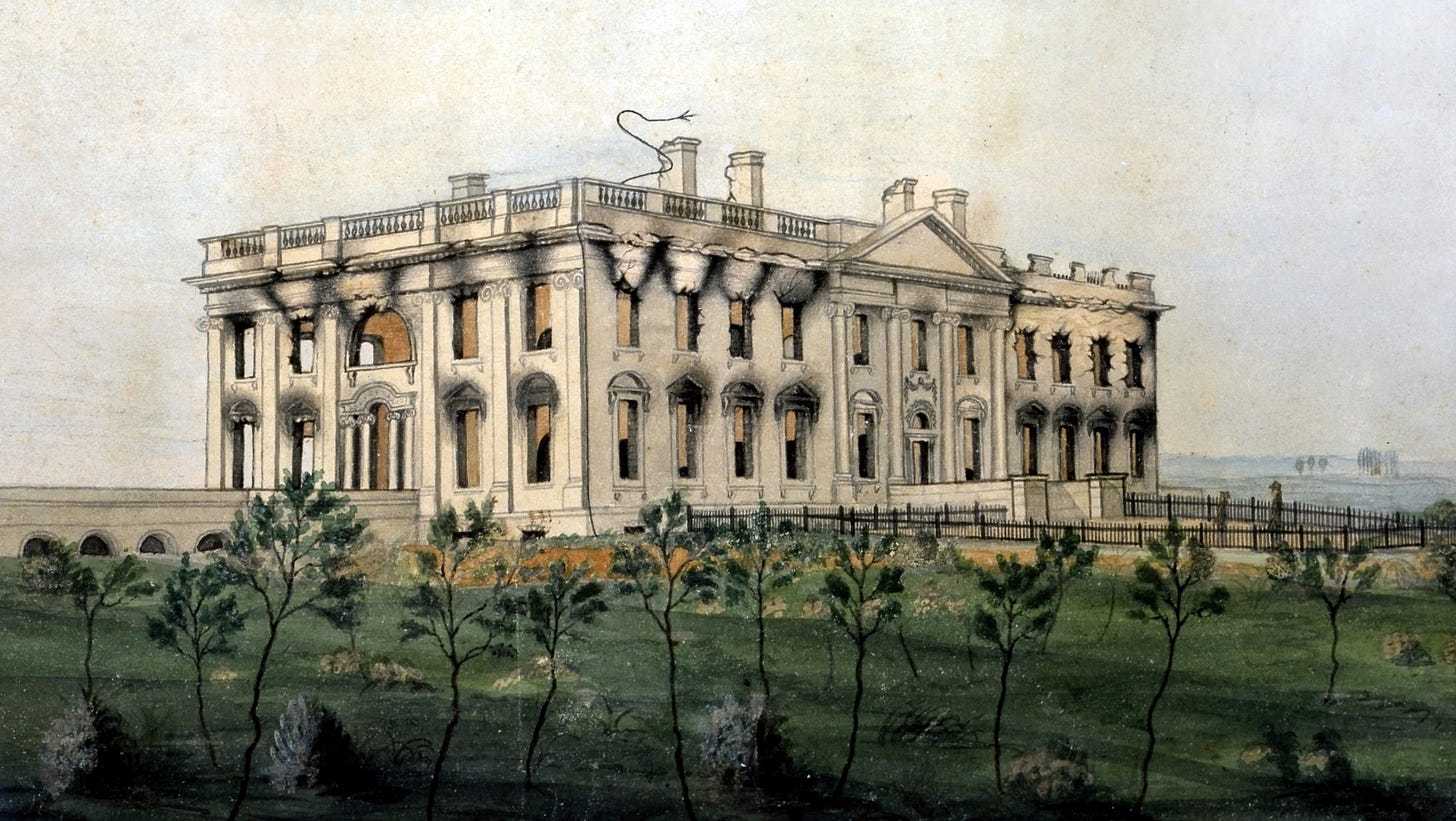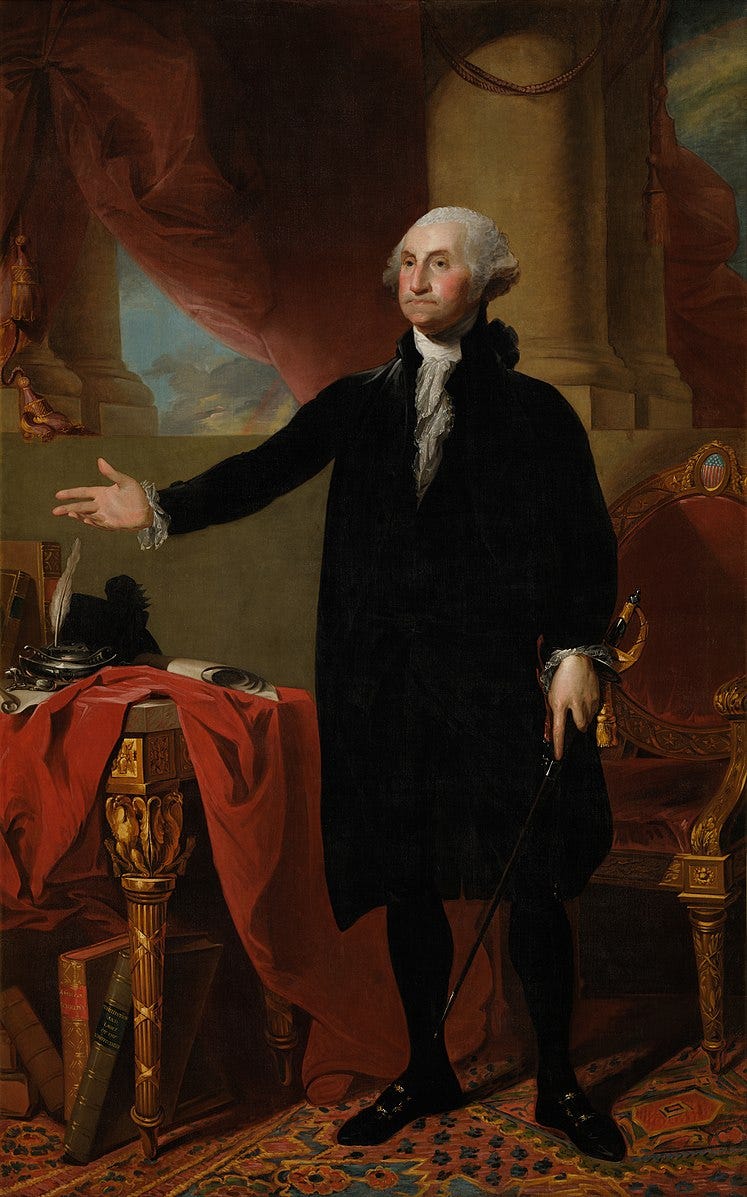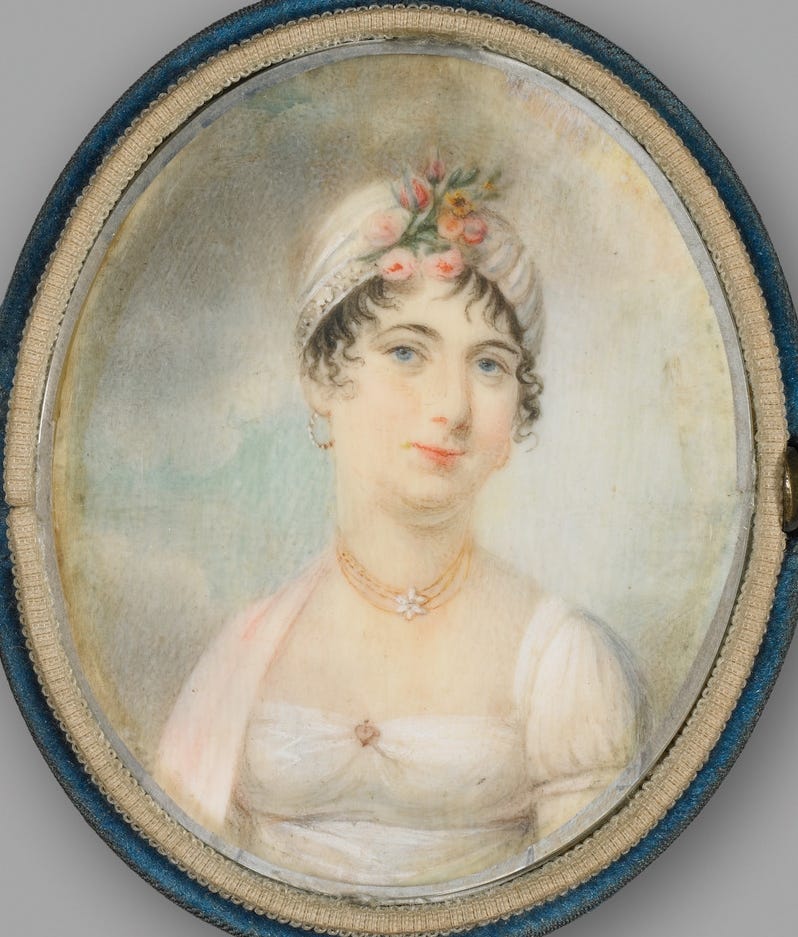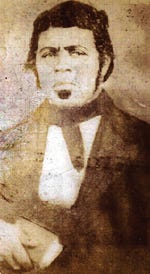Tension had been rising during the War of 1812. There was fear that the British would be invading Washington, but President Madison had been told it would be safe to stay in the area. Finally, on the afternoon of August 24, 1814, he was evacuated from a Maryland battlefield by General William Winder and told to flee the capital city. He escaped after gathering a few things at what at the time was called the President’s House, now known as the White House.

In modern times the first thing we might do in this situation is pick up our cell phones and call on our family to ensure their safety, but at the time messages were delivered through letters or word of mouth. At the President’s House, Madison was relieved to find out that his wife, Dolley Madison, had already been able to escape.
Before evacuating, Mrs. Madison with the assistance of steward John Sioussat and gardener Thomas McGaw decided to take down and rescue an eight foot long portrait of George Washington by artist Gilbert Stuart to ensure it was not stolen or destroyed by the British.

Dolley Madison gave an account of the rescue of the portrait in a letter to her sister written on August 23rd, 1814:
“Our kind friend, Mr. Carroll, has come to hasten my departure, and is in a very bad humor with me because I insist on waiting until the large picture of Gen. Washington is secured, and it requires to be unscrewed from the wall. This process was found to be too tedious for these perilous moments; I have ordered the frame to be broken, and the canvass taken out it is done, and the precious portrait placed in the hands of two gentlemen of New York for safe keeping.”
I mentioned in my previous post, Presidential Picks 4.0, that I read a book about the first presidential memoir written by Paul Jennings, who was enslaved by James Madison.
In the memoir he wrote, Jennings detailed the rescue of the portrait:
“It has often been stated in print, that when Mrs. Madison escaped from the White House, she cut out from the frame the large portrait of Washington (now in one of the parlors there), and carried it off. This is totally false. She had no time for doing it. It would have required a ladder to get it down. All she carried off was the silver in her reticule, as the British were thought to be but a few squares off, and were expected every moment. John Susė (a Frenchman, then door-keeper, and still living) and Magraw, the President’s gardener, took it down and sent it off on a wagon, with some large silver urns and such other valuables as could be hastily got hold of.”
Often there are myths that are born in the stories that are handed down over time. It sounds like somewhere along the line people romanticized the story of Dolley Madison and said she was the one who directly cut out the portrait in order to save it. Dolley Madison and Paul Jennings’ accounts seem to agree that it was others not Madison herself who actually took the action.
In 2009, the descendants of Paul Jennings were able to go to the White House to see the portrait of Washington that Jennings participated in the rescue of.
On a happy note, Jennings was able to fight for his own freedom with the support of Senator Daniel Webster. He went on to buy his own freedom and worked for many years at the Department of Interior handling claims of veterans and soldiers’ families.
I highly suggest the presidential pick, A Slave in the White House: Paul Jennings and the Madisons by Elizabeth Dowling Taylor to learn more about the life of Paul Jennings. In my opinion, this book gave me a better understanding of James Madison than the biography I read that was solely about him.
In a time of crisis, American citizens were able to come together to save an important symbol of what America meant to them.
If this were to happen today, what symbols would we as a nation collectively decide to save?







I love this question you ask at the end: If this were to happen today, what symbols would we as a nation collectively decide to save? I think of things like the Declaration of Independence, the Constitution, and the Emancipation Proclamation. In our digital age, the need to keep physical things like paintings seems less urgent, but it would be devastating to lose those artifacts.
Paul Jennings has been my favorite character so far. The man fought for himself and still treated people with respect in the process, even though I wouldn't have blamed him if he didn't. He bailed Dolley Madison out of bankruptcy after he bought his own freedom from them!